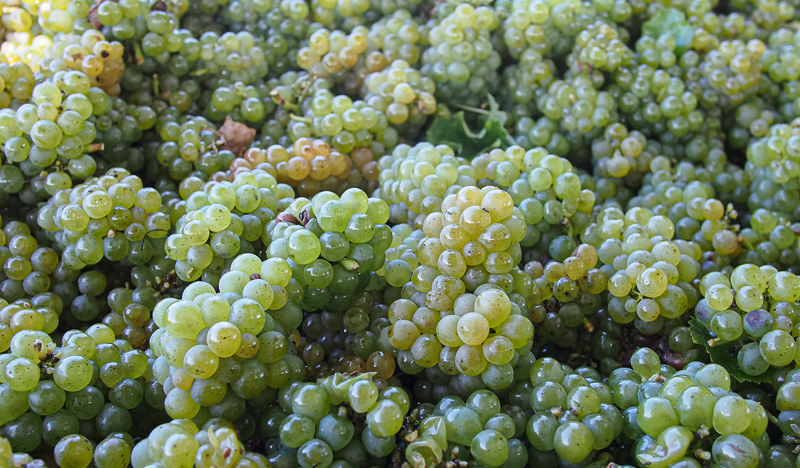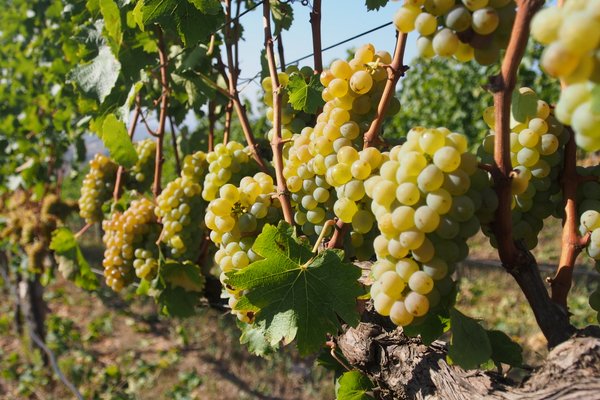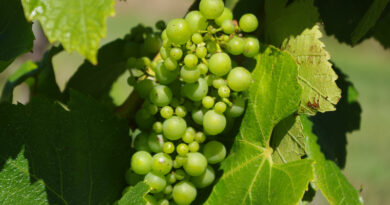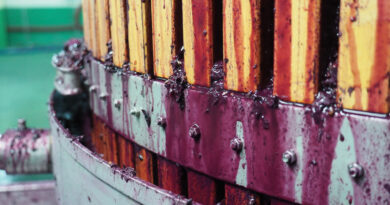New to wine: grape varieties (1) Sauvignon Blanc
As we have discussed here before, there are two ways of understanding wine: the grapes and the geography. So let’s start our tour of the grape varieties with Sauvignon Blanc. To be brutally honest, it’s not always the most interesting of varieties, but it is one of the most popular, and it’s probably the easiest to get to grips with.
Sauvignon hails from the Loire Valley in France, but its most successful locale has been New Zealand’s Marlborough region. In 30 years, this region has grown from virtually nothing to the position it is in today as probably the most important place on the planet for Sauvignon Blanc, eclipsing even the Loire.
So I recommend starting with a Marlborough Sauvignon. These are almost always fresh white wines, fermented in stainless steel (so no influence from oak flavours), with high acidity. The sorts of aromas and flavours you might encounter include green pepper/grassy/herbal notes, perhaps a bit of gooseberry, maybe some grapefruit, and also a touch of passion fruit/tropical fruit richness.

There’s some interesting science to Sauvignon. Good Sauvignon typically has a balance between the herbal/green pepper/grassy character (which comes from a chemical known as methoxypyrazine) and the riper passion fruit character (which comes from a group of chemicals known as thiols or mercaptans—these can also have a ‘sweaty’ character to them).
Marlborough’s success with Sauvignon is because it manages to combine both these characteristics in ways that other regions have found tricky. If you have too much methoxypyrazine, Sauvignon can taste herbal and unripe. Too much passionfruit character, and it can taste a bit sickly. In very warm climates, Sauvignon tends to taste fruity and simple, without the zing that brings it to life.
Loire Sauvignon (Pouilly-Fumé, Sancerre, Touraine Sauvignon) is usually more mineral and less overtly fruity than New Zealand Sauvignon. Bordeaux grows a lot of Sauvignon, where it frequently blended with a bit of Semillon: this can be good value, but often it’s unexciting. High-end Bordeaux whites are usually oaked, so taste quite different (and they can be brilliant). Chile makes some attractive, affordable Sauvignon, particularly from cooler regions such as Leyda and Elqui. These tend to be in the New Zealand style, but with more pronounced green pepper (methoxypyrazine) character. South Africa does quite a bit of Sauvignon, of varying quality, and with more of an emphasis on the green herbal flavours. The best are very good. Austrian Sauvignon Blanc, from the southern Styrian region, is really lively and bright with real personality, but it’s rarely found outside Austria.
To get the hang of Sauvignon’s two sides, I recommend buying a green pepper and a passionfruit, and chopping them open. Smell them and taste them next to an open glass of Sauvignon.




